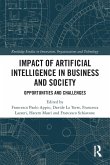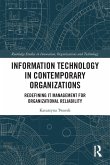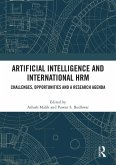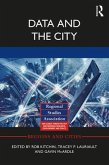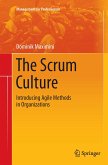To cope with the competitive worldwide marketplace, organizations rely on business intelligence to an increasing extent. Cyber security is an inevitable practice to protect the entire business sector and its customer. This book presents the significance and application of cyber security for safeguarding organizations, individuals' personal information, and government.
The book provides both practical and managerial implications of cyber security that also supports business intelligence and discusses the latest innovations in cyber security. It offers a roadmap to master degree students and PhD researchers for cyber security analysis in order to minimize the cyber security risk and protect customers from cyber-attack. The book also introduces the most advanced and novel machine learning techniques including, but not limited to, Support Vector Machine, Neural Networks, Extreme Learning Machine, Ensemble Learning, and Deep Learning Approaches, with a goal to apply those to cyber risk management datasets. It will also leverage real-world financial instances to practise business product modelling and data analysis.
The contents of this book will be useful for a wide audience who are involved in managing network systems, data security, data forecasting, cyber risk modelling, fraudulent credit risk detection, portfolio management, and data regulatory bodies. It will be particularly beneficial to academics as well as practitioners who are looking to protect their IT system, and reduce data breaches and cyber-attack vulnerabilities.
The book provides both practical and managerial implications of cyber security that also supports business intelligence and discusses the latest innovations in cyber security. It offers a roadmap to master degree students and PhD researchers for cyber security analysis in order to minimize the cyber security risk and protect customers from cyber-attack. The book also introduces the most advanced and novel machine learning techniques including, but not limited to, Support Vector Machine, Neural Networks, Extreme Learning Machine, Ensemble Learning, and Deep Learning Approaches, with a goal to apply those to cyber risk management datasets. It will also leverage real-world financial instances to practise business product modelling and data analysis.
The contents of this book will be useful for a wide audience who are involved in managing network systems, data security, data forecasting, cyber risk modelling, fraudulent credit risk detection, portfolio management, and data regulatory bodies. It will be particularly beneficial to academics as well as practitioners who are looking to protect their IT system, and reduce data breaches and cyber-attack vulnerabilities.



